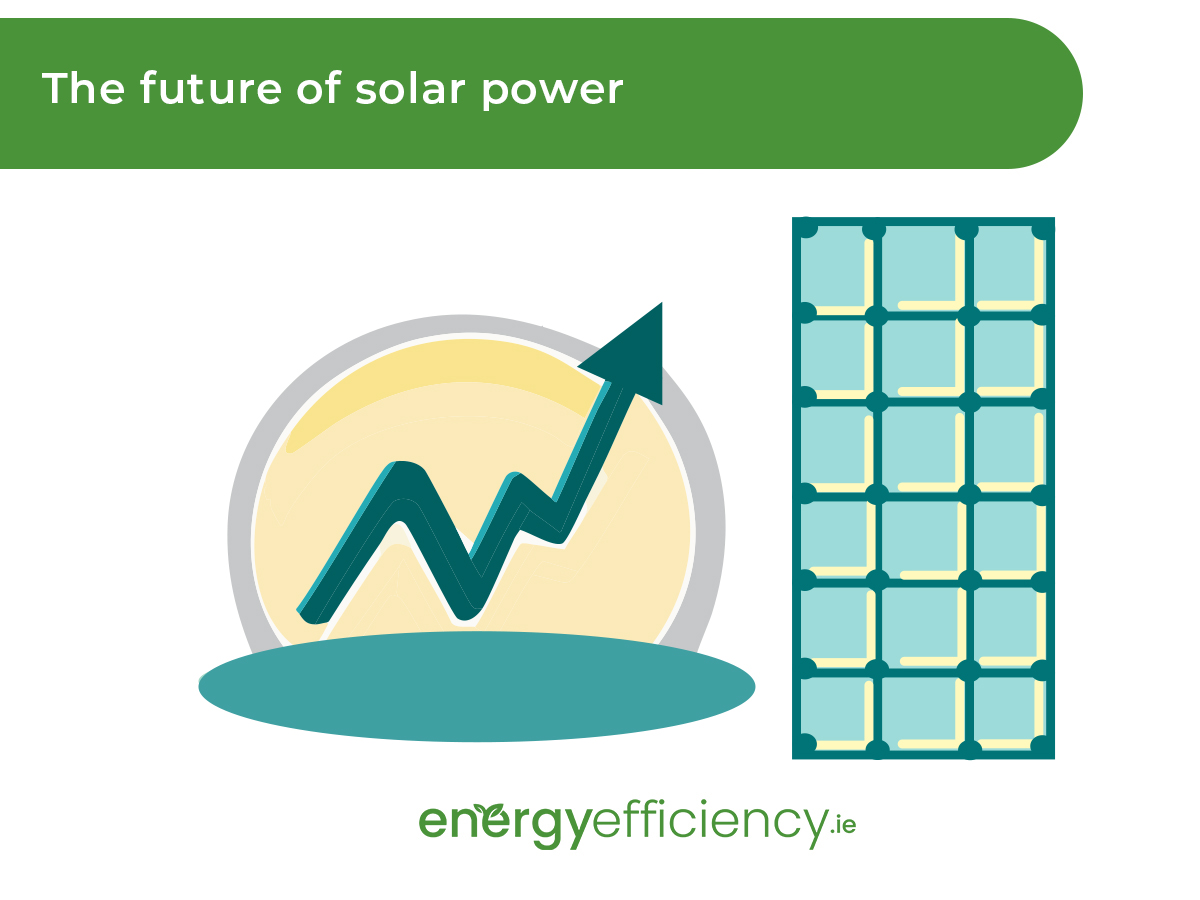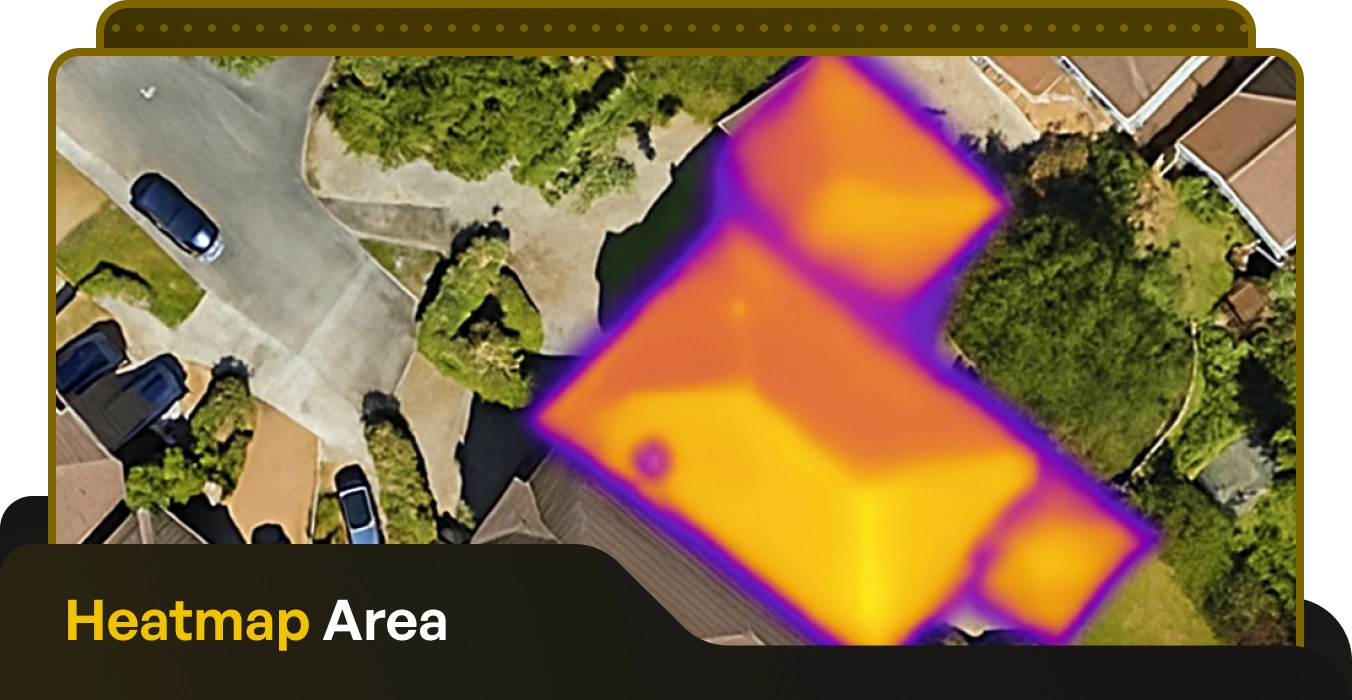Table of Contents
The History of Solar Power

Written by: Briain Kelly
Published: February 17, 2024
Last updated: October 9, 2025
Reading time: 4 mins
Solar Power has been going through an unprecedented boom in the past few years as the climate crisis makes people turn towards renewable energy with a new urgency. But it’s not as though this is a new phenomenon. In one form or another humans have long been fascinated by the power of the sun, and sought to harness it for different uses.
Early Solar Uses
Long before the discovery of solar photovoltaics people were making use of the power of the sun. The earliest uses of solar power came as far back as the 7th century BC when magnifying glasses or crystals were used to start fires.
The most famous apocryphal example of how men would supposedly harness the power of the sun in ancient times is the story of Archimedes and the burning ships. Supposedly, during the Siege of Syracuse by the Romans in the 3rd century BC, the Ancient Greek polymath created a heat ray that set fire to enemy ships by focusing the light of the sun using reflectors.
Even today the sun’s heat is used for practical purposes in scientific research. The most famous example of this is the solar furnace at the Processes, Materials and Solar Energy laboratory – PROMES in Odeillo, France. There, more than 60 mirrors condense 1,000kw worth of solar energy into an area just 40cm across.
The Odeillo furnace can reach temperatures of up to 2,500℃ in the space of just a few seconds. This is used to test how materials react to intense temperatures without having to use chemicals that might contaminate the results.

Odeillo Solar Furnace.
Photo: Jose Blanco, CC BY-SA 3.0 <https://creativecommons.org/licenses/by-sa/3.0>, via Wikimedia Commons
Solar Panels
The origin of solar panels can be traced back to the discovery of the photovoltaic effect in 1839. Then, French physicist Edmond Becquerel found that with the right conditions and materials solar radiation could create an electric current.
This was expanded on in 1884 when Charles Fritts created the first solar cell out of selenium covered with an extremely thin layer of gold. This experimental solar cell only had an efficiency of around 1% and any hopes of using it for practical purposes never came to fruition.
Things didn’t really get moving until the latter half of the 20th century. A big breakthrough came in 1954 when Bell Laboratories unveiled the first silicon cell. This was created through months of work by engineer Daryl Chapin, chemist Calvin Fuller, and physicist Gerald Pearson.
The three abandoned working with selenium in favour of silicon after Pearson discovered its photovoltaic strength by accident while working on a different experiment.
The first solar panel created from these new silicon cells had an efficiency of around 6 percent, still low but a huge improvement on previous efforts. They showcased this by using it to power a toy Ferris Wheel and
While it would be a long time before solar panels were powerful or affordable enough for widespread use in homes and businesses, they had some impressive early adopters. In 1958 NASA launched multiple VANGUARD satellites, the batteries of which were powered by solar cells attached to their bodies.
Continued improvements in the efficiency of solar cells over the late 1950s, with Hoffman Electronics developing commercially available silicon solar cells with an efficiency of 14% by 1960.

Pushing for Solar
During the energy crises of the 1970s as the Western world became increasingly concerned about oil supplies from declining domestic production and political shocks in the middle, governments began to look to renewables such as solar.
The US Congress passed the Solar Energy Research, Development and Demonstration Act in 1974 authorising the creation of the Solar Energy Research Institute and the US government spent billions of dollars researching solar energy in the following years.
This, and many other bills, were aimed at coordinating research efforts to improve solar energy technology and to make it into a real industry, rather than a niche field of tech.
The public had gotten a demonstration of the practical potential of solar PV the year prior when the University of Delaware built Solar One, the first house ever to be powered and heated by solar energy.
Solar Efficiency Improvements
Further gains in the efficiency of both silicon and thin-film solar PV panels came from the late 80s onwards. In 1985 researchers at the University of New South Wales in Australia unveiled solar cells with an efficiency of 20%, and the National Renewable Energy Laboratory reached 33.3% efficiency in 1999.
The Aussies broke their own record more than three decades later by achieving when the same University achieved 34.5% efficiency in 2016.
Growth has also continued in the past decade with solar panels achieving high efficiency, while also being affordable for homeowners rather than laboratory experiments. Solar Frontier panels reached 17.8% efficiency in 2012, and Panasonic announced 22.5% efficiency solar cells in 2015.
The Future of Solar Power
The future looks bright for solar power, pun very much intended, with unprecedented amounts of money being invested in the sector in response to a push for decarbonisation. The massive price falls that we have seen in the past decade look to continue with more investment in cheaper, better technologies, and government support to help businesses and homeowners make the change.
We’re far from hitting a wall in how far the technology of solar PV systems can be pushed in terms of efficiency as well. While top-end solar panels used in most domestic installations have an efficiency of approximately 22% these days, there are still huge strides being made.
In 2020 researchers at the National Renewable Energy Laboratory (NREL) in the United States announced that they had created a solar cell with an astonishing 47% efficiency under concentrated illumination. A variation of the same cell displayed an efficiency of 39.2% under the equivalent of one sun’s worth of illumination, a world record.
While it will be some time before those levels are seen in household solar panels, it gives a solid indication of where the industry is heading and the benefits that households will reap.
Solar Energy in Ireland can currently generate just under 600,000MWh of electricity each year according to the Irish Solar Energy Association, enough to power 144,650 homes and off-setting more than 200,000 tonnes of carbon emissions. And this is still far below the target of 8GW of solar capacity by 2030 which the government has set.

The History of Solar Power
Published: February 17, 2024
Last updated: October 9, 2025

Written by: Briain Kelly
Reading time: 4mins
Solar Power has been going through an unprecedented boom in the past few years as the climate crisis makes people turn towards renewable energy with a new urgency. But it’s not as though this is a new phenomenon. In one form or another humans have long been fascinated by the power of the sun, and sought to harness it for different uses.
Early Solar Uses
Long before the discovery of solar photovoltaics people were making use of the power of the sun. The earliest uses of solar power came as far back as the 7th century BC when magnifying glasses or crystals were used to start fires.
The most famous apocryphal example of how men would supposedly harness the power of the sun in ancient times is the story of Archimedes and the burning ships. Supposedly, during the Siege of Syracuse by the Romans in the 3rd century BC, the Ancient Greek polymath created a heat ray that set fire to enemy ships by focusing the light of the sun using reflectors.
Even today the sun’s heat is used for practical purposes in scientific research. The most famous example of this is the solar furnace at the Processes, Materials and Solar Energy laboratory – PROMES in Odeillo, France. There, more than 60 mirrors condense 1,000kw worth of solar energy into an area just 40cm across.
The Odeillo furnace can reach temperatures of up to 2,500℃ in the space of just a few seconds. This is used to test how materials react to intense temperatures without having to use chemicals that might contaminate the results.

Odeillo Solar Furnace.
Photo: Jose Blanco, CC BY-SA 3.0 <https://creativecommons.org/licenses/by-sa/3.0>, via Wikimedia Commons
Solar Panels
The origin of solar panels can be traced back to the discovery of the photovoltaic effect in 1839. Then, French physicist Edmond Becquerel found that with the right conditions and materials solar radiation could create an electric current.
This was expanded on in 1884 when Charles Fritts created the first solar cell out of selenium covered with an extremely thin layer of gold. This experimental solar cell only had an efficiency of around 1% and any hopes of using it for practical purposes never came to fruition.
Things didn’t really get moving until the latter half of the 20th century. A big breakthrough came in 1954 when Bell Laboratories unveiled the first silicon cell. This was created through months of work by engineer Daryl Chapin, chemist Calvin Fuller, and physicist Gerald Pearson.
The three abandoned working with selenium in favour of silicon after Pearson discovered its photovoltaic strength by accident while working on a different experiment.
The first solar panel created from these new silicon cells had an efficiency of around 6 percent, still low but a huge improvement on previous efforts. They showcased this by using it to power a toy Ferris Wheel and
While it would be a long time before solar panels were powerful or affordable enough for widespread use in homes and businesses, they had some impressive early adopters. In 1958 NASA launched multiple VANGUARD satellites, the batteries of which were powered by solar cells attached to their bodies.
Continued improvements in the efficiency of solar cells over the late 1950s, with Hoffman Electronics developing commercially available silicon solar cells with an efficiency of 14% by 1960.

Pushing for Solar
During the energy crises of the 1970s as the Western world became increasingly concerned about oil supplies from declining domestic production and political shocks in the middle, governments began to look to renewables such as solar.
The US Congress passed the Solar Energy Research, Development and Demonstration Act in 1974 authorising the creation of the Solar Energy Research Institute and the US government spent billions of dollars researching solar energy in the following years.
This, and many other bills, were aimed at coordinating research efforts to improve solar energy technology and to make it into a real industry, rather than a niche field of tech.
The public had gotten a demonstration of the practical potential of solar PV the year prior when the University of Delaware built Solar One, the first house ever to be powered and heated by solar energy.
Solar Efficiency Improvements
Further gains in the efficiency of both silicon and thin-film solar PV panels came from the late 80s onwards. In 1985 researchers at the University of New South Wales in Australia unveiled solar cells with an efficiency of 20%, and the National Renewable Energy Laboratory reached 33.3% efficiency in 1999.
The Aussies broke their own record more than three decades later by achieving when the same University achieved 34.5% efficiency in 2016.
Growth has also continued in the past decade with solar panels achieving high efficiency, while also being affordable for homeowners rather than laboratory experiments. Solar Frontier panels reached 17.8% efficiency in 2012, and Panasonic announced 22.5% efficiency solar cells in 2015.
The Future of Solar Power
The future looks bright for solar power, pun very much intended, with unprecedented amounts of money being invested in the sector in response to a push for decarbonisation. The massive price falls that we have seen in the past decade look to continue with more investment in cheaper, better technologies, and government support to help businesses and homeowners make the change.
We’re far from hitting a wall in how far the technology of solar PV systems can be pushed in terms of efficiency as well. While top-end solar panels used in most domestic installations have an efficiency of approximately 22% these days, there are still huge strides being made.
In 2020 researchers at the National Renewable Energy Laboratory (NREL) in the United States announced that they had created a solar cell with an astonishing 47% efficiency under concentrated illumination. A variation of the same cell displayed an efficiency of 39.2% under the equivalent of one sun’s worth of illumination, a world record.
While it will be some time before those levels are seen in household solar panels, it gives a solid indication of where the industry is heading and the benefits that households will reap.
Solar Energy in Ireland can currently generate just under 600,000MWh of electricity each year according to the Irish Solar Energy Association, enough to power 144,650 homes and off-setting more than 200,000 tonnes of carbon emissions. And this is still far below the target of 8GW of solar capacity by 2030 which the government has set.

Solar Energy Saves Households Thousands in Electricity Costs
Take our 2-minute questionnaire and find affordable solar options to suit your budget and lifestyle.



